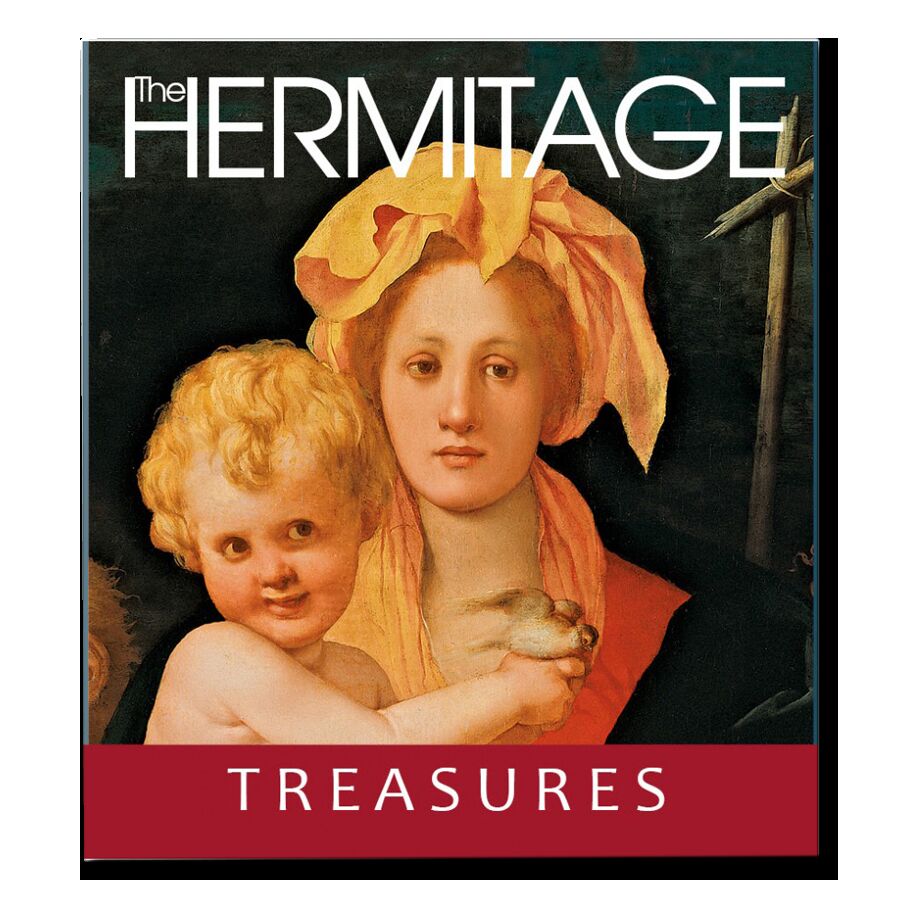Ways of Looking: How to Experience Contemporary Art
- Year: 2017
- Language: Russian
- Publisher: Ad Marginem
- ISBN: 9785911034269
- Page: 176
- Cover: paperback
- About the Book
In a world where only the strongest images survive the ‘natural selection’ and stay in our memory, the skills of looking and seeing have become important as never before. British critic Ossian Ward offers a guide that will help the spectator make sense of the variety of contemporary art forms and strategies that have developed in recent years.
Ward begins by giving his own definition of contemporary art—arguing that the term should be applied to everything created post 2000—and a classification of artists by the techniques they use, which allows viewers to ‘read’ the messages behind their works. As the author admits himself, his classification is arbitrary—on the postmodernism path, there is no straightforward way of classifying culture, and grouping phenomena that might even seem similar might prove impossible. However, classification is the easiest way to encourage an unprepared visitor to look at, see and understand what contemporary art museums have to offer.
Each chapter looks at techniques employed by artists belonging to one of the six categories Ward suggests: entertainment, confrontation, event, message, spectacle, joke, and meditation. Admittedly, Jeremy Deller’s and Douglas Gordon’s ‘entertainment art,’ as well as Thomas Hirschhorn’s and Paul McCarthy’s confrontation, and Grayson Perry and Nathalie Djurberg’s ‘jokes’ are equally critical of contemporary culture, society, and aesthetics.
Although an obvious nod to John Berger’s Ways of Seeing, unlike the well-known classic, Ward’s book avoids ideological conclusions, offering nothing but a set of tools for the spectator to try and understand the works themselves. ‘The first tool to help you tackle the jungle of contemporary art is to approach each piece as if it were your first experience with that format,’ Ward recommends, comparing this approach to tabula rasa. The instructions that follow are very simple: spend several minutes looking at the work, think of the associations it brings to mind, learn about the context, and then have another look at it; analyze everything you have learnt and enjoy—if not the work itself, then at least the fact that you have figured out what the artist wanted to say.









